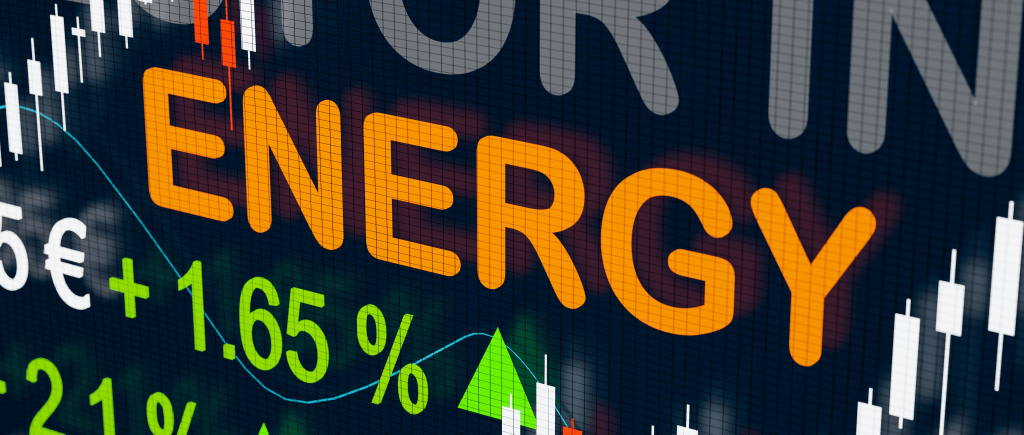Crude prices surged in Asian trade Friday after reports that a Ukrainian drone strike damaged infrastructure at Novorossiysk, a key Russian Black Sea export hub, adding a fresh supply-risk premium just as markets brace for new U.S. sanctions on Moscow’s largest oil firms.
At 03:03 GMT, Brent January futures rose 2.0% to $64.26/bbl, while WTI gained 2.1% to $59.84/bbl.
Geopolitics reasserts control
Early-Friday reports of multiple facilities hit in Novorossiysk—one of Russia’s most important outlets for crude and products—sparked pre-emptive risk hedging across the curve. Positioning also reflected expectations that forthcoming U.S. sanctions on Rosneft and Lukoil (effective Nov 21) could disrupt Russian flows as firms scale back operations to stay compliant.
A concurrent reopening of the U.S. government after a 43-day shutdown added a marginal demand tailwind, with traders looking for normalization in travel and logistics that could lift near-term refined product consumption.
Counterweights: inventory overhang and 2026 surplus narrative
Even with Friday’s bounce, the weekly tone remains fragile. Prices touched three-week lows earlier as the market digested a bearish OPEC outlook pointing to a small surplus in 2026, followed by an IEA projection of an even larger imbalance next year on higher non-OPEC/OPEC supply and slowing demand growth. U.S. data showing a larger-than-expected crude build reinforced near-term oversupply concerns.
Market take
- Risk premium back in the barrel: Front-month strength reflects event risk (infrastructure vulnerability + sanctions implementation).
- Macro drag intact: The 2026 glut narrative caps rallies and keeps the forward curve sensitive to any sign of demand softness or inventory builds.
- U.S. demand watch: With the shutdown ended, official data return—gasoline/distillate draws and refinery runs will be key to validating a demand rebound.
Technical setup (Brent/WTI)
- Brent: Resistance $64.80–$65.50; a close above opens $66.70. Support $63.30, then $62.40.
- WTI: Resistance $60.40–$61.00; a break targets $62.00. Support $59.10, then $58.30.
What to watch next
- Sanctions roll-out (Nov 21): Clarity on exemptions, shipping/insurance frictions, and shadow fleet dynamics.
- Physical bottlenecks: Any confirmation of prolonged constraints at Novorossiysk would tighten differentials.
- U.S. weekly data: Post-shutdown EIA releases for inventories, implied demand, and refinery utilization.
- OPEC+ signals: Commentary on December quotas versus the evolving 2026 surplus projections.
A geopolitical bid has interrupted the grind lower, but the structural supply overhang case limits upside. Sustained gains likely require either confirmed physical disruption or a meaningful improvement in demand indicators—otherwise rallies risk stalling into nearby resistance.
 Noor Trends News, Technical Analysis, Educational Tools and Recommendations
Noor Trends News, Technical Analysis, Educational Tools and Recommendations





